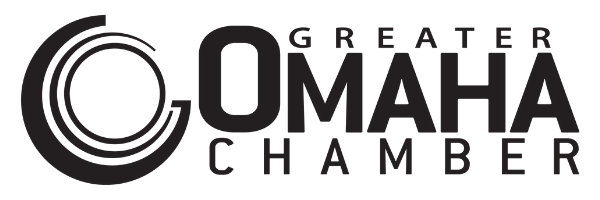In an era of rapid change and uncertainty, businesses are continually seeking ways to adapt and thrive in our global economy.
To gain a deeper understanding of challenges and opportunities facing the Greater Omaha region, we commissioned a survey of Greater Omaha Chamber members with the expectations that we would share insights at our annual Economic Outlook event on November 17th.
This year’s survey results paint a fascinating picture of the current economic landscape and the strategies businesses are employing to navigate the future successfully.
Greater Omaha Chamber Member Survey Key Findings:
Growth: Positive Outlook
The majority of survey respondents shared their optimism about the future with 68.4% anticipating growth in their business operations over the next 24 months. Another 28.7% expect to remain about the same and only 2.9% project declining operations. This economic positivity sets a clear path for further exploration by the Greater Omaha Chamber into the factors driving or hindering this growth.
Talent Challenges: Acquisition and Retention
When asked about barriers to growth, the top two concerns shared by Greater Omaha Chamber members were finding workers and retaining skilled talent.
As it relates to new hires, the biggest challenges include salary expectations (31.8%), shortage of applicants (23.4%), and lack of required skills (15.3%).
From a retention standpoint, respondents are engaged in or exploring new ways to invest in their employees. Specific to requests for prioritized Greater Omaha Chamber programming, this includes leadership development (73.6%), young professional programing (58.5%), employee resource groups (36.3%), and inclusive workplace training (35%).
Working Arrangements: Trending Onsite
For a number of employers, remote work has become a permanent aspect of their business operations. While only 8.4% of survey respondents said they remain a fully remote workplace, 56.8% of respondents reported maintaining a hybrid workplace that includes a combined remote and in-person schedules.
Over a third of survey respondents (34.8%) reported having a fully in-person workplace for employees.
When asked about their plans for the future, 47.7% of respondents said there would be no changes to their current workplace arrangement. However, 41.3% indicated they planned to increase their number of in-person employees while only 9.0% of respondents planned on increasing their number of remote employees.
As private sector companies chart their course for the next 24 months, October’s survey results underscore the importance of addressing new workforce challenges head-on while embracing opportunities for growth. Finding and retaining skilled employees, adapting to remote work dynamics, and crafting effective workforce plans are crucial steps in this journey. By gaining a better understanding of the current workforce landscape and proactively addressing challenges, Greater Omaha businesses can position themselves for success in an ever-evolving labor market.

